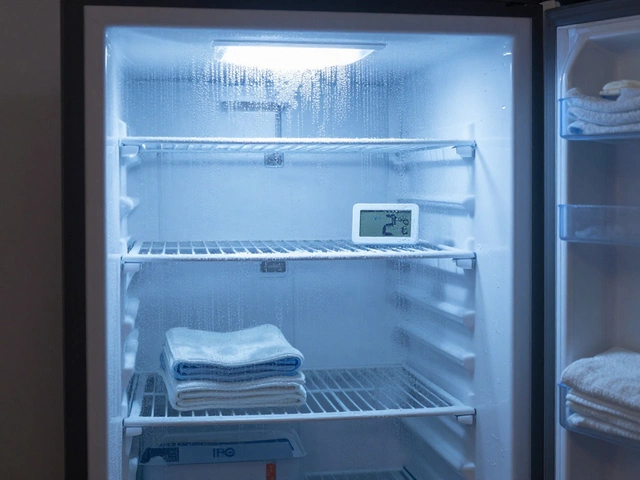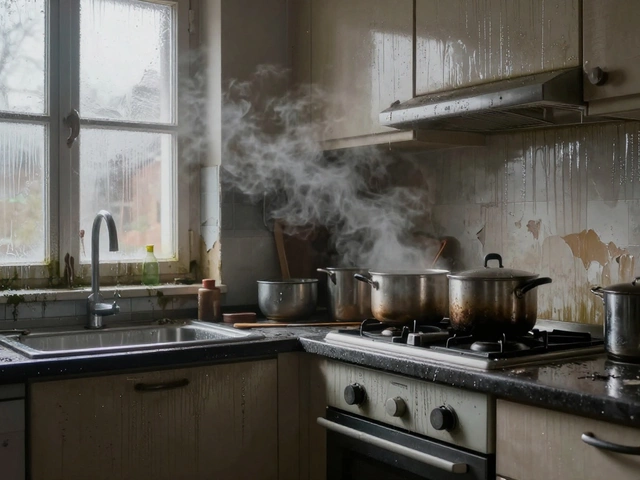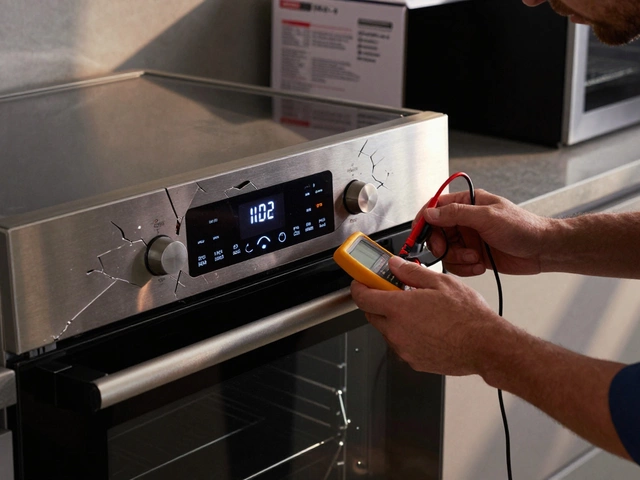Fan Repair: Quick Fixes for Kitchen and Bathroom Fans
If your extractor fan hums, rattles, or just won’t turn on, you’re not alone. Most homeowners face fan problems at least once, and the good news is many issues are fixable with a few tools and a little know‑how. Below you’ll find the most common reasons fans quit, step‑by‑step fixes, and clear signs it’s time to call a professional.
Why Your Fan Stops Working
First, figure out what’s actually wrong. The usual suspects are:
- Power loss: Loose wiring, tripped circuit breaker, or a dead plug.
- Clogged blades: Grease, dust, or lint can jam the motor.
- Motor wear: Bearings wear out, or the motor burns out after years of use.
- Switch failure: The wall switch or pull‑chain can go bad.
Checking each of these takes only a few minutes and can save you a costly call‑out.
DIY Steps to Get Your Fan Running Again
1. Test the power. Turn off the breaker, remove the fan cover, and use a voltage tester on the wires. If there’s no voltage, reset the breaker or replace a blown fuse. If the breaker trips again, the motor may be shorted – that’s a pro job.
2. Clean the fan. Unscrew the cover, pull out the blades, and wipe away any grease or dust with a damp cloth. A clean fan spins easier and often stops noisy rattles.
3. Lubricate the motor. Some fans have a small oil port on the motor shaft. Apply a few drops of lightweight machine oil, then spin the blades by hand to spread it.
4. Inspect the switch. Remove the wall switch plate and check for loose wires or burnt contacts. Tighten any loose screws and replace a broken switch – they’re cheap and easy to install.
5. Re‑assemble and test. Put the cover back, turn the breaker on, and flip the switch. If the fan still won’t run, the motor is likely dead and needs replacement.
Most of these steps take under an hour. Keep a small toolbox with a screwdriver, voltage tester, and a can of spray oil handy, and you’ll feel confident tackling fan repair any time.
When to call a professional? If you’ve checked power, cleaned the blades, and the fan still refuses to work, the motor is probably beyond a simple fix. Also, if you notice a burning smell, sparks, or any sign of water damage, shut it off immediately and let a licensed technician handle it. Safety first – the cost of a professional repair is far cheaper than a fire.
Regular maintenance can stop most fan issues before they start. Wipe the cover once a month, run the fan for a few minutes after cooking or showering to keep the motor cool, and listen for any new noises. A little care now means fewer breakdowns later.
Whether you’re dealing with a noisy kitchen extractor or a stubborn bathroom fan, these practical tips give you the power to diagnose and fix most problems. If you hit a wall, don’t hesitate to reach out to a local fan repair specialist – they’ll have the right parts and experience to get your home breathing easy again.
12 July 2025
·
0 Comments
Fan stopped working? Learn practical ways to check, fix, and maintain your fan with detailed, simple troubleshooting steps and must-know repair tips.
Read more
18 January 2025
·
0 Comments
Kitchen extractor fans are essential for maintaining air quality and reducing odors in your kitchen. Knowing how long these fans typically last can help with planning replacements and maintenance. Proper care and timely repairs can extend their lifespan, making them efficient for longer periods. Being aware of common issues and signs of wear can prevent unexpected breakdowns. This guide offers insights into the longevity and upkeep of kitchen extractor fans.
Read more







